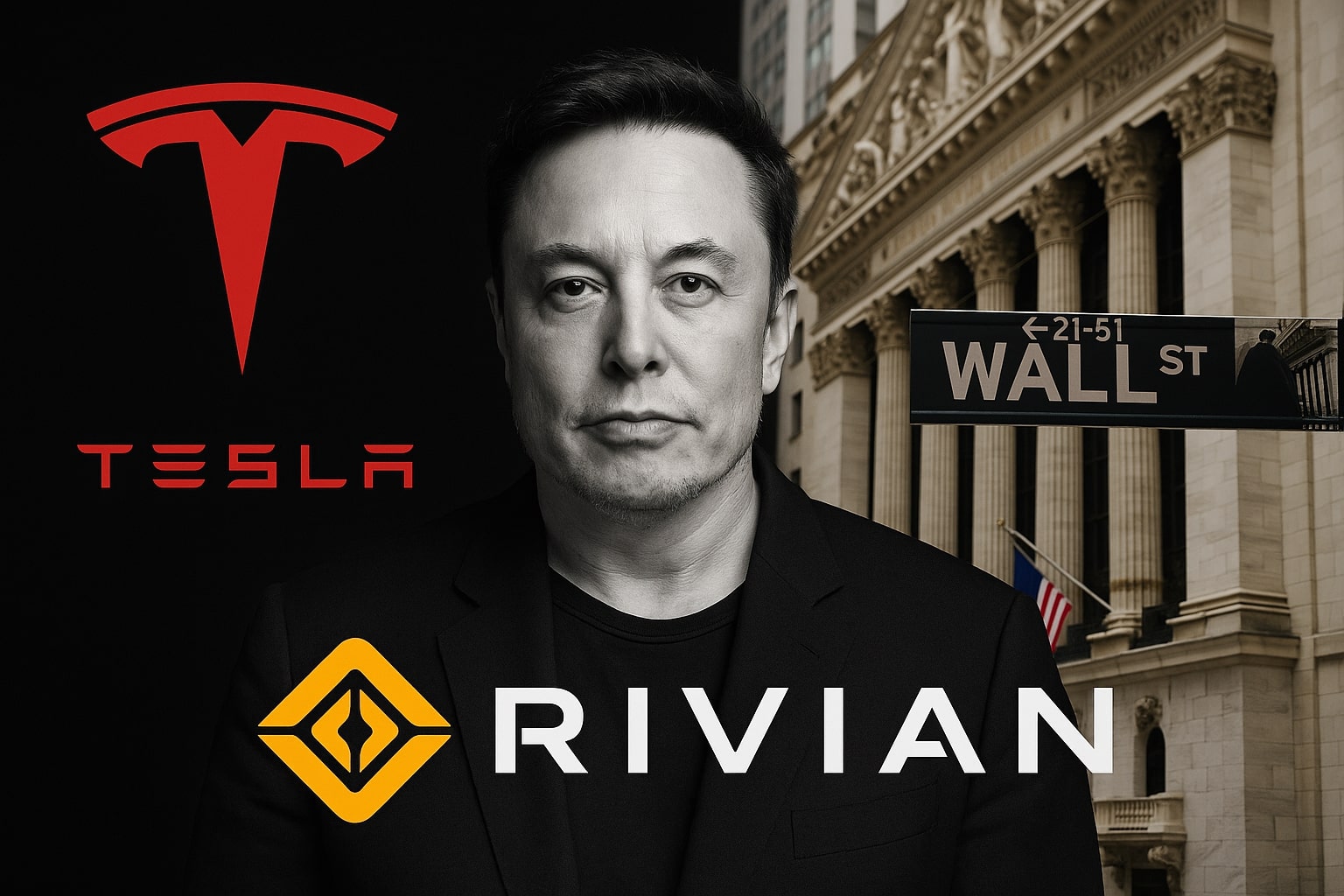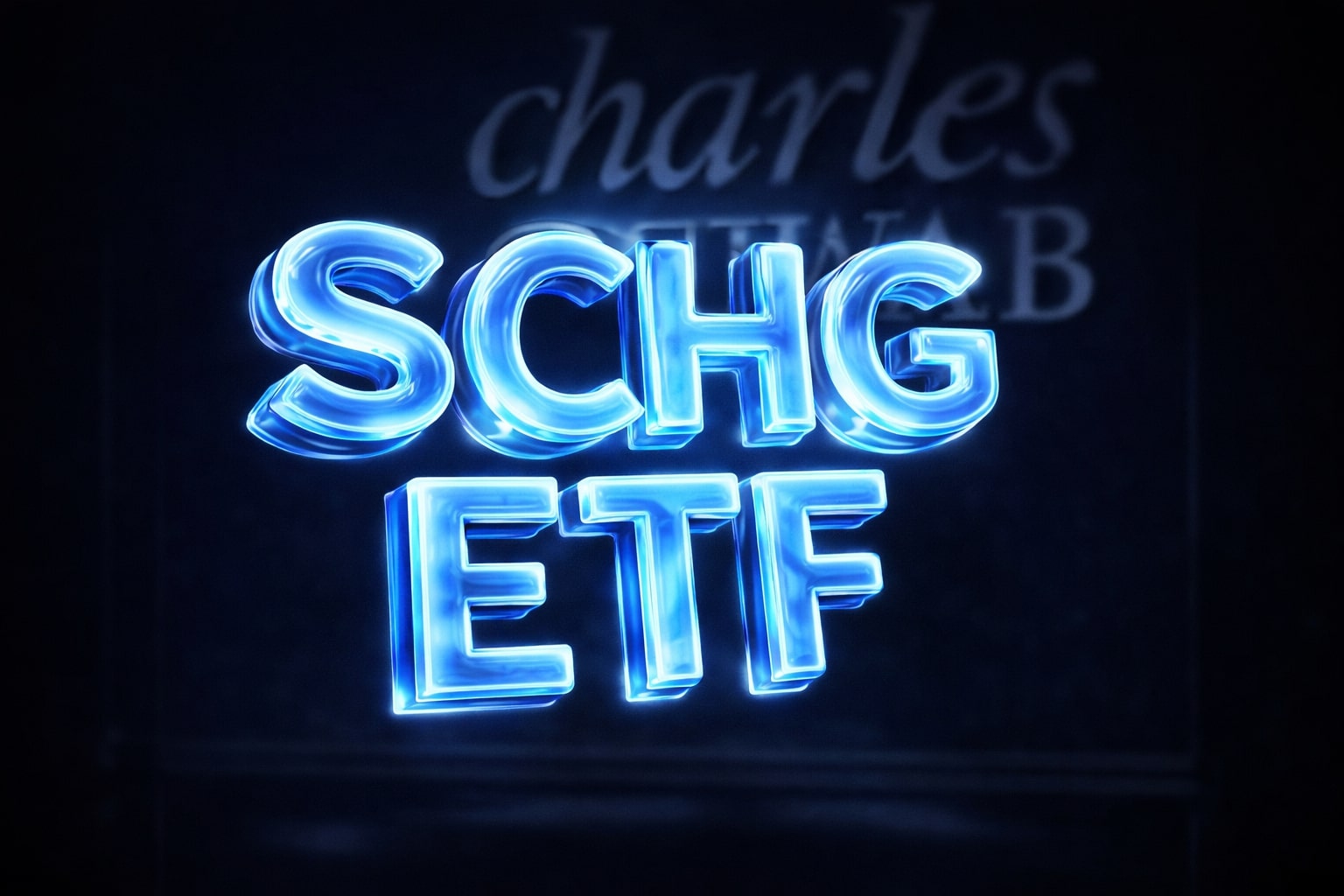Rivian (NASDAQ:RIVN) vs Tesla (NASDAQ:TSLA): Scale and Market Cap Divide
Rivian (NASDAQ:RIVN) trades at $14.35, valuing the company at $17.4 billion, while Tesla (NASDAQ:TSLA) trades at $421.07, giving it a market capitalization of $1.35 trillion. That means Tesla is nearly 77× larger by value, despite producing roughly 1.8 million vehicles per year compared with Rivian’s guidance of 40,000–46,000 deliveries in 2025. Rivian accounts for just 0.5% of Tesla’s volumes, yet trades at about 1.3% of Tesla’s market cap.
Revenue and Profitability Comparison
Rivian generated $5.15 billion in trailing revenue, growing 12.5% year-over-year, but continues to post deep losses, with a net loss of $3.51 billion and EPS of –$3.21. Its profit margin sits at –68%. Tesla, by contrast, delivered over $96 billion in 2024 revenue with consistent profitability and margins supported by scale. Rivian’s price-to-sales ratio of 2.88× appears stretched against Tesla’s larger base of recurring sales.
Liquidity, Debt, and Free Cash Flow
Rivian has $7.51 billion in cash, giving it near-term breathing room, but levered free cash flow is –$742 million, and debt stands at $4.9 billion with a debt-to-equity ratio of 80.57%. Tesla’s balance sheet is far stronger, generating positive operating cash flow with debt supported by higher equity returns. Rivian’s return on equity of –54% and return on assets of –14.5% contrast with Tesla’s positive double-digit returns.
Expansion and Scaling Plans
Rivian’s key catalyst is the $5 billion Georgia plant, expected to produce 200,000 vehicles annually by 2028, with a potential phase two doubling that number. Tesla already operates gigafactories in Texas, California, Shanghai, and Berlin, giving it unmatched capacity. Rivian’s Illinois plant is capped at 215,000 units, and its current R1T and R1S models start at $71,000, pricing them in a premium segment. Tesla’s mass-market Model 3 and Model Y drove its expansion, starting below $50,000, while Rivian’s cheaper R2 SUV ($45,000) won’t launch until 2026.
Policy and Competitive Pressures
Rivian faces headwinds as U.S. tax credits of $7,500 per EV expire after September 30, 2025, removing a $140 million annual benefit. Tariffs add $2,000 per vehicle in costs, amplifying losses. Tesla, while also affected, has deeper pricing power and stronger margins, allowing it to discount aggressively to protect share. Rivian controls just 3% of the U.S. EV market, compared with Tesla’s 45% and GM’s 13%.



















